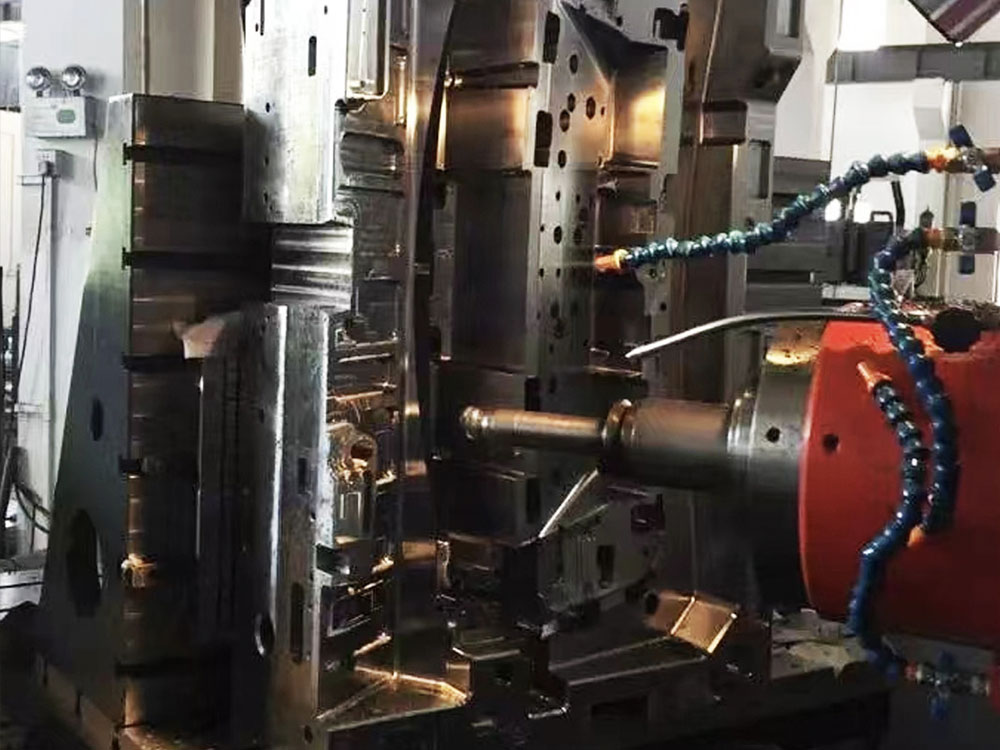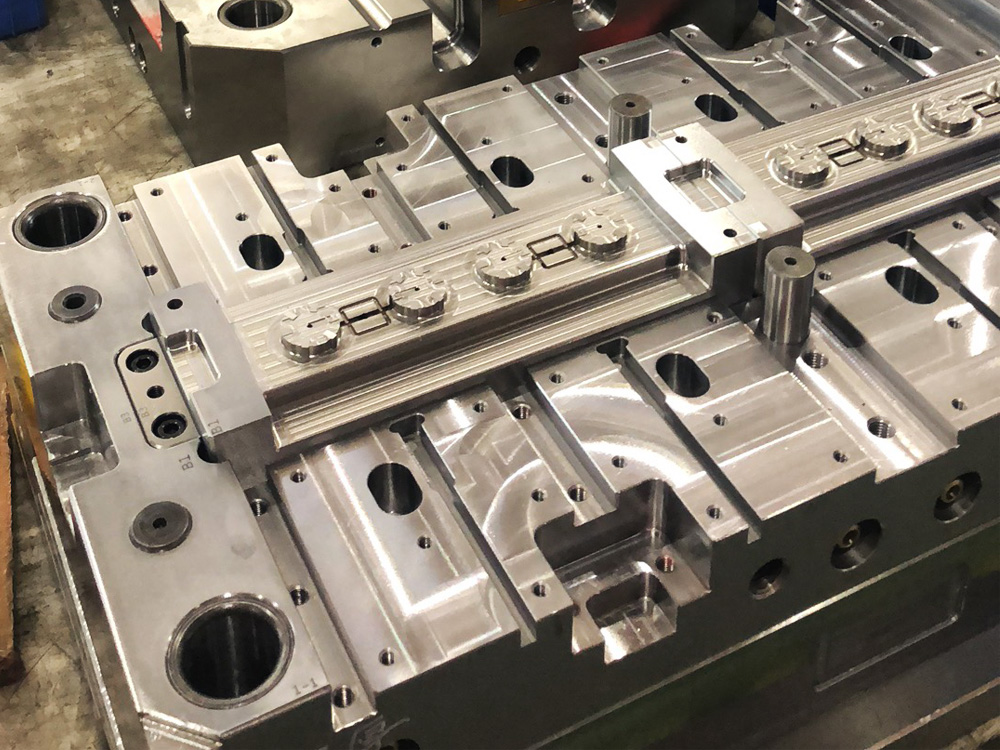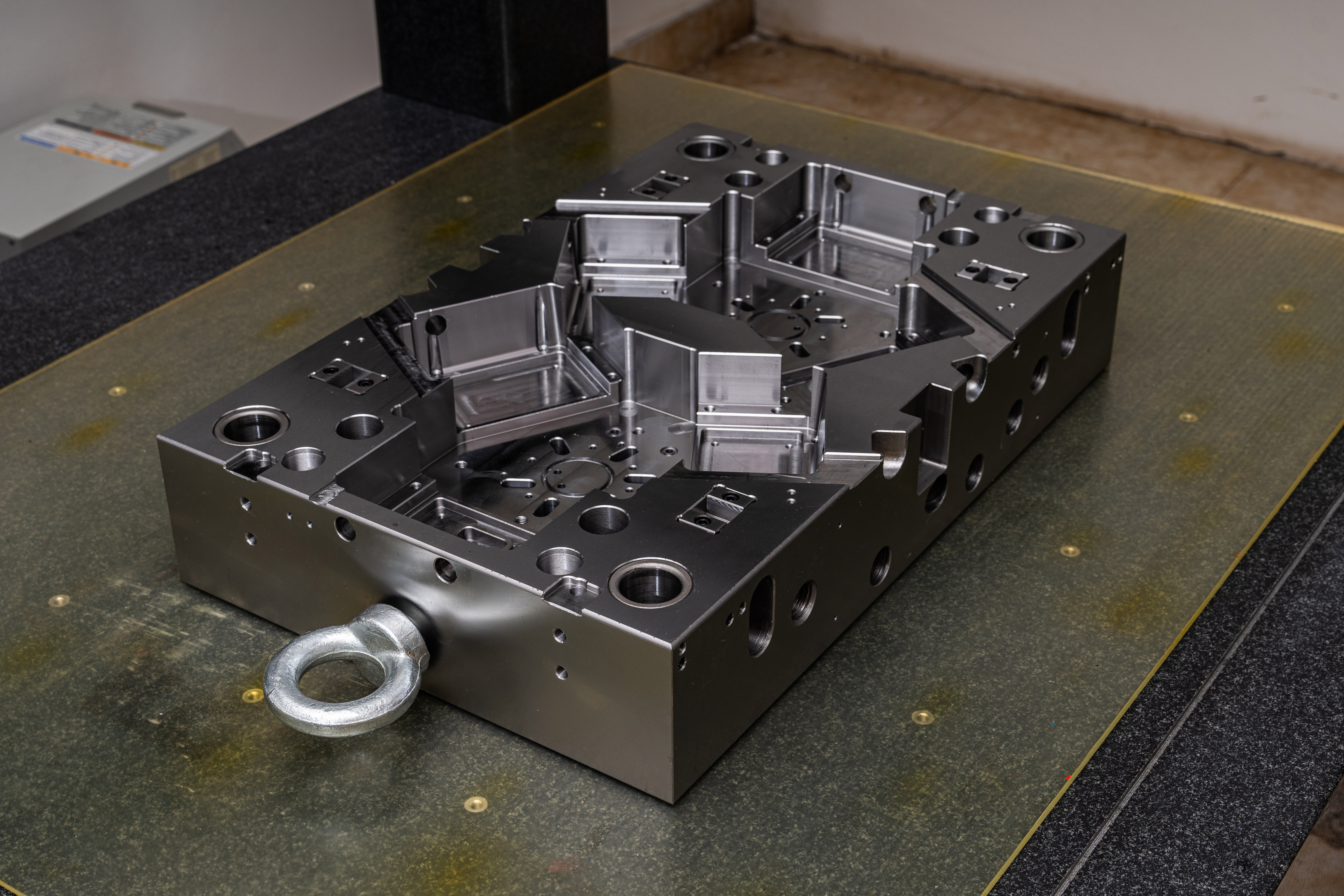Mold Base Industry: Remedying a Mistake in Modular Construction Plant's Incorrect Screws Drilling
Modular construction plants play a crucial role in the production of mold bases, providing efficient and streamlined processes for fast-paced industries. However, mistakes can occur even in the most well-established facilities. One such occurrence may involve a misalignment or incorrect drilling of screws during the manufacturing process of mold bases. In this article, we will explore the steps to remedy such a mistake and ensure that the modular construction plant continues to deliver high-quality mold bases to its customers.
Step 1: Identifying the Mistake
The first and most important step in remedying a mistake is to identify it. In the case of incorrect screws drilling, inspect the mold base thoroughly to determine if any screws are misaligned, improperly installed, or damaged. This visual inspection will provide a clear understanding of the extent of the mistake and guide subsequent actions.
Step 2: Assessing the Impact
Once the mistake is identified, it is crucial to assess its impact on the overall functionality and quality of the mold base. Depending on the nature and severity of the mistake, it may lead to structural weakness, reduced performance, or potential damage to other components. Understanding the consequences will help determine the level of remedial action required.
Step 3: Planning the Remedial Action
After assessing the impact, develop a detailed plan to rectify the mistake. This plan should include the necessary resources, timeline, and allocation of responsibilities. Involve relevant personnel, such as project managers, engineers, and technicians, to ensure a comprehensive and well-executed remedial action.
Step 4: Corrective Drilling
In modular construction plants, drilling screws is a critical step that requires precision and accuracy. To remedy an incorrect drilling mistake, the plant should implement the following corrective measures:
- Secure the mold base: Safely fix the mold base to prevent any movement during the correction process.
- Drill new holes: Identify the correct screw positions and carefully drill new holes using appropriate tools and techniques.
- Fill the old holes: Seal the incorrectly drilled holes to maintain the structural integrity of the mold base. Use suitable materials such as epoxy resin or other recommended sealants.
- Test the corrected screws: Once new holes are drilled and old ones sealed, test the corrected screws to ensure proper alignment, stability, and firm attachment.
Step 5: Quality Assurance
Quality assurance is paramount in the mold base industry, especially after a remedial action. Conduct rigorous inspections and tests to verify the correct alignment and functionality of the mold base. These may include torque testing, load testing, and dimensional measurements. Ensure that the mold base meets or exceeds the required specifications and industry standards.
Step 6: Preventive Measures
To minimize the occurrence of such mistakes in the future, it is essential to implement preventive measures. These may include:
- Employee training: Train the plant employees responsible for screw drilling to enhance their skills and knowledge in precision drilling techniques.
- Quality control checks: Implement strict quality control checks throughout the manufacturing process to identify and rectify mistakes before they progress further.
- Supervision and collaboration: Ensure adequate supervision and collaboration between different teams within the modular construction plant to catch and correct errors promptly.
Conclusion
Remedying a mistake made by the modular construction plant when drilling screws incorrectly in the mold base industry entails a systematic approach to identify, assess, plan, and execute the remedial actions. By following these steps and implementing preventive measures, manufacturers can rectify mistakes, maintain high-quality standards, and continue to deliver reliable mold bases that meet customer requirements.




